Nuts, the unsung heroes of European cuisine. From the rich and earthy flavors of walnuts to the delicate crunch of almonds, nuts have been a staple in European cooking for centuries. These versatile ingredients are not only delicious but also packed with nutrients, making them a healthy addition to any meal. Let’s delve into the world of nuts in Europe and discover why they are a must-have in your pantry. In Europe, nuts play a crucial role in both sweet and savory dishes. They are used in a variety of traditional recipes, adding depth of flavor and texture. Take, for example, Italian cuisine, where pine nuts are a key ingredient in pesto sauce, imparting a distinct nutty flavor to the dish.
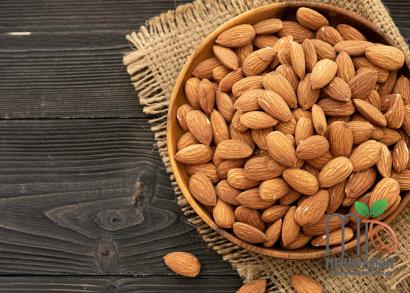
.
 Or in French cuisine, where hazelnuts are often used in desserts like pralines or added to savory dishes like salads for an extra crunch. One of the most beloved nuts in Europe is the almond. Almonds are widely used in European cooking, from marzipan in Germany to almond croissants in France. These versatile nuts can be used in both sweet and savory dishes, adding a rich and nutty flavor. Almonds are also a good source of healthy fats, protein, and fiber, making them a nutritious snack option. Another popular nut in Europe is the walnut. With its earthy and slightly bitter flavor, walnuts are often used in dishes like salads, pasta, and baked goods. In Eastern European cuisine, walnuts are a common ingredient in dishes like baklava, adding a delicious nuttiness to the dessert. Walnuts are also packed with antioxidants and omega-3 fatty acids, making them a heart-healthy choice. Pistachios are another favorite nut in Europe, known for their vibrant green color and slightly sweet flavor. These nuts are often used in Middle Eastern and Mediterranean cuisines, adding a unique taste and texture to dishes. In Italy, pistachios are a key ingredient in dishes like pesto and gelato, showcasing their versatility in both savory and sweet recipes. Pistachios are also a good source of protein, fiber, and healthy fats, making them a nutritious option for snacking. Hazelnuts, with their rich and buttery flavor, are a beloved nut in Europe.
Or in French cuisine, where hazelnuts are often used in desserts like pralines or added to savory dishes like salads for an extra crunch. One of the most beloved nuts in Europe is the almond. Almonds are widely used in European cooking, from marzipan in Germany to almond croissants in France. These versatile nuts can be used in both sweet and savory dishes, adding a rich and nutty flavor. Almonds are also a good source of healthy fats, protein, and fiber, making them a nutritious snack option. Another popular nut in Europe is the walnut. With its earthy and slightly bitter flavor, walnuts are often used in dishes like salads, pasta, and baked goods. In Eastern European cuisine, walnuts are a common ingredient in dishes like baklava, adding a delicious nuttiness to the dessert. Walnuts are also packed with antioxidants and omega-3 fatty acids, making them a heart-healthy choice. Pistachios are another favorite nut in Europe, known for their vibrant green color and slightly sweet flavor. These nuts are often used in Middle Eastern and Mediterranean cuisines, adding a unique taste and texture to dishes. In Italy, pistachios are a key ingredient in dishes like pesto and gelato, showcasing their versatility in both savory and sweet recipes. Pistachios are also a good source of protein, fiber, and healthy fats, making them a nutritious option for snacking. Hazelnuts, with their rich and buttery flavor, are a beloved nut in Europe.
..
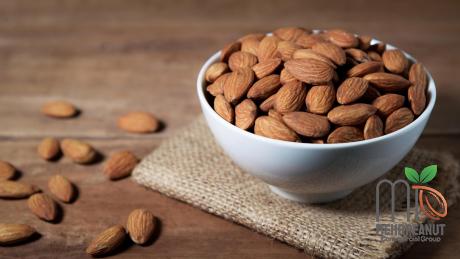 These nuts are commonly used in desserts like pralines, cakes, and chocolates, adding a delightful crunch and nutty aroma. In Turkish cuisine, hazelnuts are often used in dishes like baklava and kadayif, enhancing the flavor profile of the dessert. Hazelnuts are also rich in vitamins, minerals, and antioxidants, making them a healthy addition to your diet. Cashews are another popular nut in Europe, prized for their creamy texture and mild flavor. These nuts are often used in dishes like curries, stir-fries, and desserts, adding a rich and buttery taste. In Portuguese cuisine, cashews are a key ingredient in dishes like cashew chicken, showcasing their versatility in savory recipes. Cashews are also a good source of plant-based protein and healthy fats, making them a great snack option. In conclusion, nuts are an essential ingredient in European cuisine, adding flavor, texture, and nutrients to a wide range of dishes. From almonds to walnuts, pistachios to hazelnuts, these versatile ingredients are a must-have in your pantry. Whether used in sweet or savory dishes, nuts bring a richness and depth of flavor that elevates any recipe. So next time you’re cooking up a European-inspired meal, don’t forget to include some nuts for that extra touch of deliciousness. Whether you’re exploring the bustling markets of Spain, the cozy cafes of Paris, or the vibrant street food scene in Istanbul, you’ll find that nuts are a common ingredient in many traditional European dishes. The nut-filled pastries, hearty nut-studded stews, and decadent nut desserts are a testament to the rich culinary heritage of the continent. In Spain, almonds are a beloved nut used in a variety of dishes. From the classic Marcona almonds served as a snack to the almond-based romesco sauce used as a dip or dressing, almonds are a staple in Spanish cuisine. The crunch and nuttiness of almonds add a special touch to dishes like paella, salads, and desserts like turron. And let’s not forget about the famous Spanish almond soup, a creamy and comforting dish enjoyed across the country. In Greece, pistachios take the spotlight with their vibrant green hue and buttery flavor. These nuts are often used in both sweet and savory dishes, adding a delightful crunch and subtle sweetness. In traditional Greek cuisine, pistachios are a key ingredient in desserts like baklava and kataifi, showcasing their versatility and adding a pop of color to the dishes. Greece’s rich culinary history is intertwined with the use of pistachios, making them an essential part of the Mediterranean diet. Moving north to the Baltic countries, hazelnuts are a popular nut used in a variety of dishes.
These nuts are commonly used in desserts like pralines, cakes, and chocolates, adding a delightful crunch and nutty aroma. In Turkish cuisine, hazelnuts are often used in dishes like baklava and kadayif, enhancing the flavor profile of the dessert. Hazelnuts are also rich in vitamins, minerals, and antioxidants, making them a healthy addition to your diet. Cashews are another popular nut in Europe, prized for their creamy texture and mild flavor. These nuts are often used in dishes like curries, stir-fries, and desserts, adding a rich and buttery taste. In Portuguese cuisine, cashews are a key ingredient in dishes like cashew chicken, showcasing their versatility in savory recipes. Cashews are also a good source of plant-based protein and healthy fats, making them a great snack option. In conclusion, nuts are an essential ingredient in European cuisine, adding flavor, texture, and nutrients to a wide range of dishes. From almonds to walnuts, pistachios to hazelnuts, these versatile ingredients are a must-have in your pantry. Whether used in sweet or savory dishes, nuts bring a richness and depth of flavor that elevates any recipe. So next time you’re cooking up a European-inspired meal, don’t forget to include some nuts for that extra touch of deliciousness. Whether you’re exploring the bustling markets of Spain, the cozy cafes of Paris, or the vibrant street food scene in Istanbul, you’ll find that nuts are a common ingredient in many traditional European dishes. The nut-filled pastries, hearty nut-studded stews, and decadent nut desserts are a testament to the rich culinary heritage of the continent. In Spain, almonds are a beloved nut used in a variety of dishes. From the classic Marcona almonds served as a snack to the almond-based romesco sauce used as a dip or dressing, almonds are a staple in Spanish cuisine. The crunch and nuttiness of almonds add a special touch to dishes like paella, salads, and desserts like turron. And let’s not forget about the famous Spanish almond soup, a creamy and comforting dish enjoyed across the country. In Greece, pistachios take the spotlight with their vibrant green hue and buttery flavor. These nuts are often used in both sweet and savory dishes, adding a delightful crunch and subtle sweetness. In traditional Greek cuisine, pistachios are a key ingredient in desserts like baklava and kataifi, showcasing their versatility and adding a pop of color to the dishes. Greece’s rich culinary history is intertwined with the use of pistachios, making them an essential part of the Mediterranean diet. Moving north to the Baltic countries, hazelnuts are a popular nut used in a variety of dishes.
…
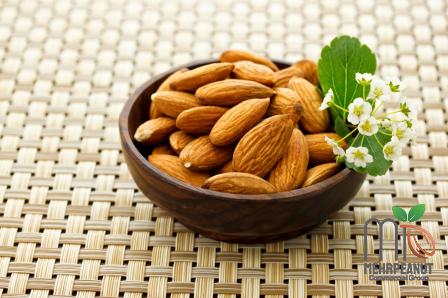 Lithuania’s famous napoleonas cake, layered with hazelnut cream, is a testament to the country’s love for hazelnuts. In Estonia, hazelnuts are often used in traditional holiday desserts like kringel, a sweet bread braided with nuts and spices. The earthy and buttery flavor of hazelnuts adds a comforting warmth to Baltic cuisine, making them a cherished ingredient in the region. In the Czech Republic, walnuts are a key ingredient in dishes like kolache, a sweet pastry filled with spiced nuts and fruit. The nuttiness of walnuts pairs beautifully with the sweet dough, creating a delightful treat enjoyed by locals and visitors alike. Walnuts are also commonly used in savory dishes like salads and stews, adding a rich and hearty flavor to the recipes. The Czech cuisine showcases the versatility of walnuts and their ability to elevate both sweet and savory dishes. As you travel through Europe, you’ll discover the unique ways each country incorporates nuts into its cuisine, showcasing the diversity and creativity in European cooking. Whether it’s the delicate almond pastries of France, the robust walnut bread of Germany, or the exotic pistachio desserts of Turkey, nuts play a significant role in shaping the culinary landscape of the continent. So, the next time you’re planning a European-inspired meal, don’t hesitate to experiment with nuts. Whether you’re adding a handful of crushed walnuts to your pasta, sprinkling some roasted almonds on your salad, or incorporating ground pistachios into your dessert, nuts can take your dish to the next level. With their rich flavors, crunchy textures, and nutritional benefits, nuts are a versatile and delicious addition to any European-inspired recipe. In conclusion, nuts are not just a delicious ingredient in European cuisine; they are a symbol of tradition, creativity, and culinary innovation. So, embrace the nutty goodness of Europe and elevate your cooking with these versatile and nutritious ingredients. From almonds to walnuts, pistachios to hazelnuts, the world of nuts in Europe awaits your exploration.
Lithuania’s famous napoleonas cake, layered with hazelnut cream, is a testament to the country’s love for hazelnuts. In Estonia, hazelnuts are often used in traditional holiday desserts like kringel, a sweet bread braided with nuts and spices. The earthy and buttery flavor of hazelnuts adds a comforting warmth to Baltic cuisine, making them a cherished ingredient in the region. In the Czech Republic, walnuts are a key ingredient in dishes like kolache, a sweet pastry filled with spiced nuts and fruit. The nuttiness of walnuts pairs beautifully with the sweet dough, creating a delightful treat enjoyed by locals and visitors alike. Walnuts are also commonly used in savory dishes like salads and stews, adding a rich and hearty flavor to the recipes. The Czech cuisine showcases the versatility of walnuts and their ability to elevate both sweet and savory dishes. As you travel through Europe, you’ll discover the unique ways each country incorporates nuts into its cuisine, showcasing the diversity and creativity in European cooking. Whether it’s the delicate almond pastries of France, the robust walnut bread of Germany, or the exotic pistachio desserts of Turkey, nuts play a significant role in shaping the culinary landscape of the continent. So, the next time you’re planning a European-inspired meal, don’t hesitate to experiment with nuts. Whether you’re adding a handful of crushed walnuts to your pasta, sprinkling some roasted almonds on your salad, or incorporating ground pistachios into your dessert, nuts can take your dish to the next level. With their rich flavors, crunchy textures, and nutritional benefits, nuts are a versatile and delicious addition to any European-inspired recipe. In conclusion, nuts are not just a delicious ingredient in European cuisine; they are a symbol of tradition, creativity, and culinary innovation. So, embrace the nutty goodness of Europe and elevate your cooking with these versatile and nutritious ingredients. From almonds to walnuts, pistachios to hazelnuts, the world of nuts in Europe awaits your exploration.
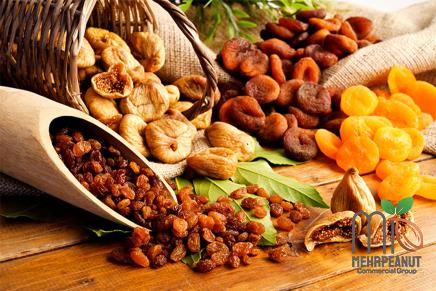
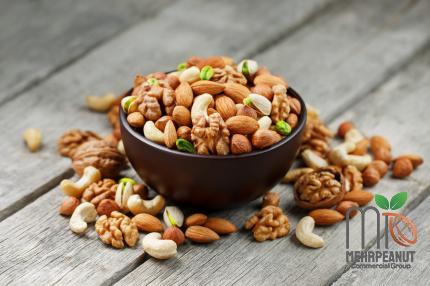

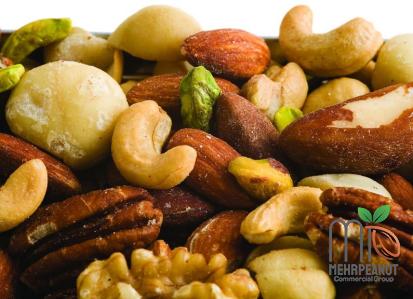
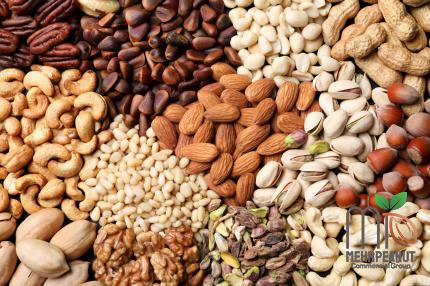
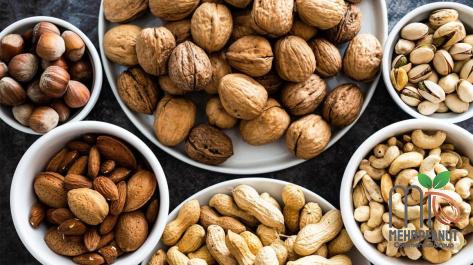
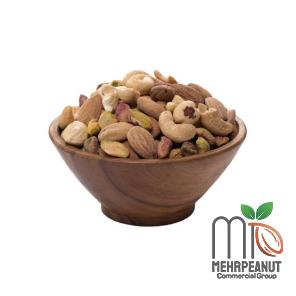
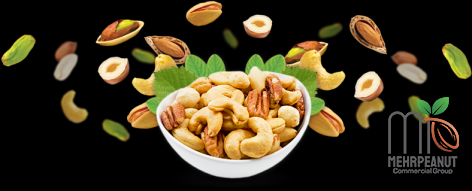
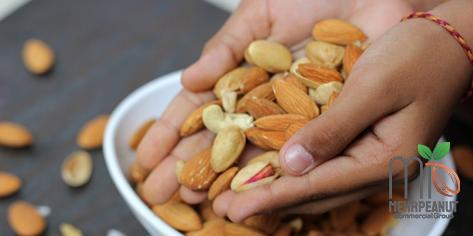
Your comment submitted.